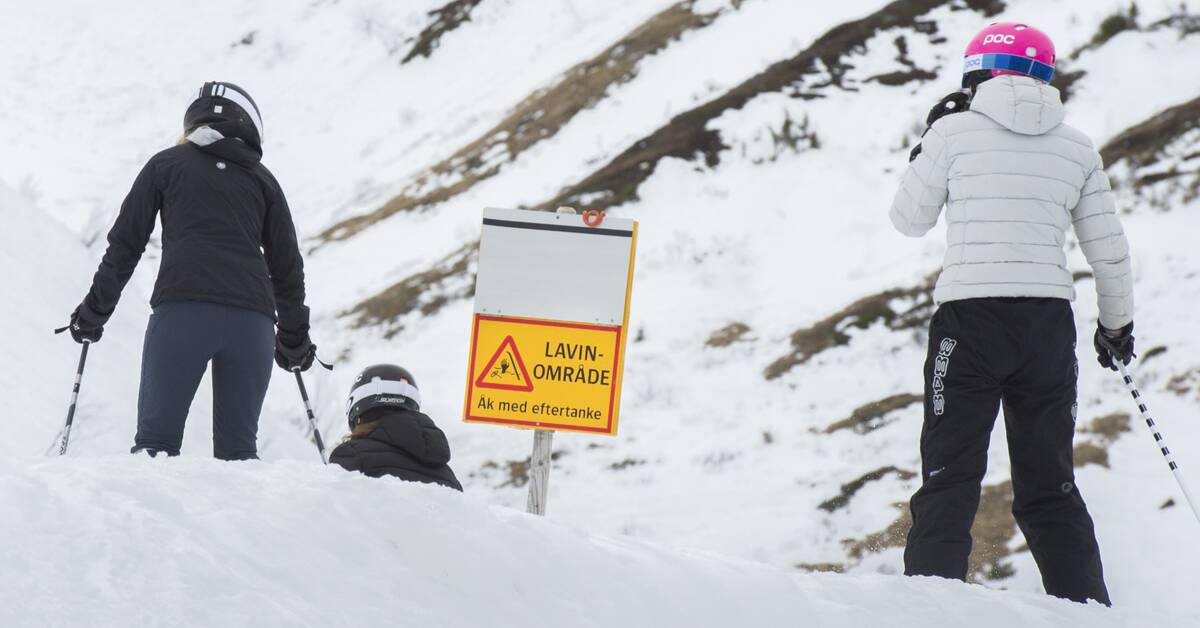Regular and extensive snow showers from Norway have increased the risk of avalanches in the Swedish mountains.
Of the five mountain areas that the Swedish Environmental Protection Agency monitors in its avalanche forecasts, the avalanche risk is judged to be "significant" - a third on the five-point scale - in four of them: western Härjedalsfjällen, southern Jämtlandsfjällen, western Vindelfjällen and Abisko/Rikgränsfjällen.
Avoid steep inclines
Those who are in these areas and want to be extra sure that they can avoid avalanches can apply to ski facilities, where they have staff who continuously assess the danger.
- But there are a lot of people who go outside the facilities on the more open mountain with skis and scooters, says Per-Olov Wikberg.
For this group, it is important to stay away from terrain with a slope greater than 30 degrees if you want to stay on the safe side, according to Per-Olov Wikberg.
In all four areas where the danger of avalanches is significant, there are warnings of drifting snowdrifts, which means that snow blows in and collects on the leeward side of slopes.
Be well read
For the mountains in western Härjedalen and Abisko/Riksgränsen there are also problems with slabs that are burdened by drifting new snow, a treacherous phenomenon.
This danger cannot be seen with the naked eye, as the weak older snow is buried under a new snow cover.
- When you get really big avalanches, it's often about permanent debris.
There are very large amounts of snow that drift away.
Like "normal" weather forecasts, forecasts for avalanches are also a fresh commodity that can change quickly.
Therefore, you should always ensure that you stay up to date.
- Read the avalanche forecasts before each new day that you are going out on the mountain, says Per-Olov Wikberg.

